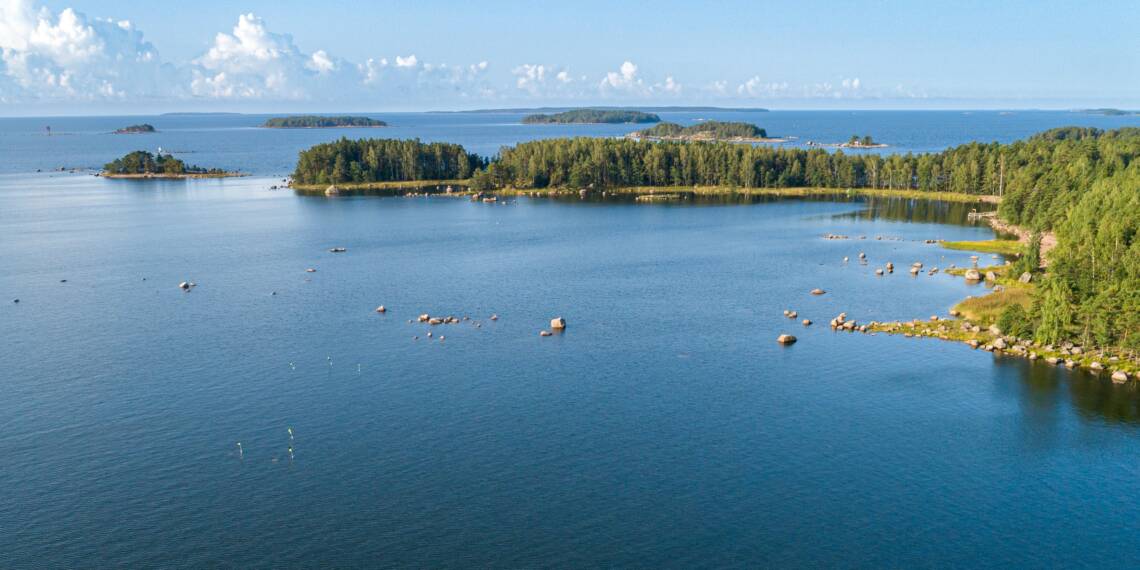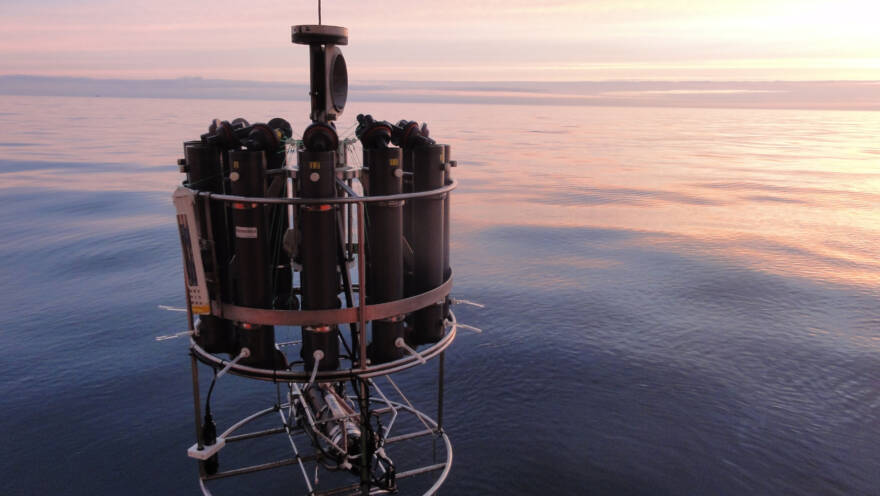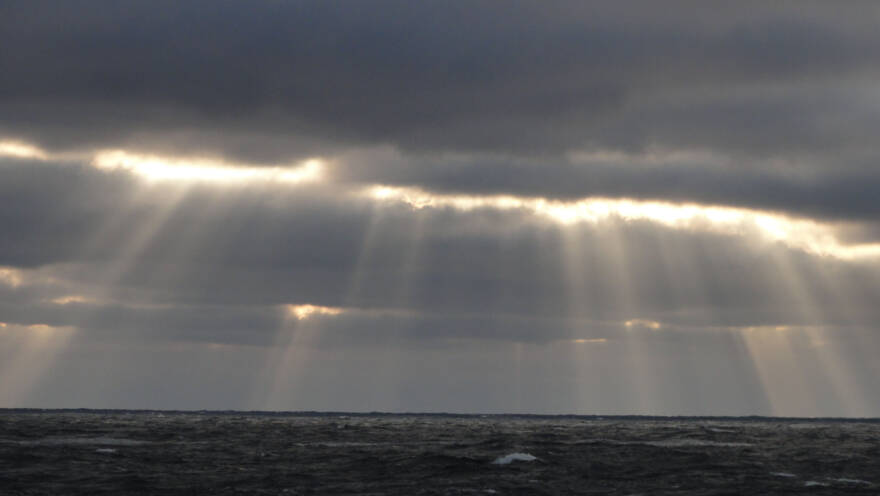
Surface temperature variations are greatest on the coast
The surface temperature of water in Finnish sea areas varies greatly according to the season and weather conditions. The temperature is measured using both wave and surface temperature buoys. These buoys are only deployed in the sea during ice-free periods and they measure water temperatures from a depth of a few tens of centimetres. Year-round observations of sea levels are obtained from 14 mareographs, i.e. water level measuring stations. Mareographs can give different results than buoys because they have a temperature sensor mounted permanently at a depth of two to three metres above the mean water level.
Water temperature variation at measuring stations
By clicking the station on the map, list or diagram, the last 2 weeks observations can be seen. On the map, setting the mouse on a station shows the last 24 hours temperature observations.
-
 Find out more
Find out moreSalinity and temperature
-
 Find out more
Find out moreClimate in the Baltic Sea region